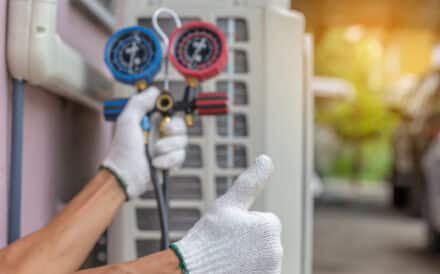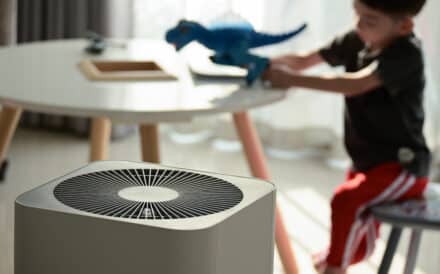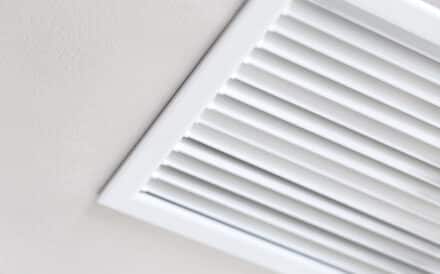How to Test and Improve the Air Quality in Your Home

Images of smog filled skies above a busy city are what most people think of when it comes to the topic of air quality. Although, it seems that the air quality inside our homes deserves a bit more attention than it gets. A foul odor is just one indication that there is something in the air that should not be breathed in. Other signs of bad indoor air quality can be more subtle. If left unaddressed, dust, pet dander, and toxins found in the air inside our homes can cause property damage and even health problems. However, with a little bit of knowledge, ensuring your home is always full of clean and healthy air is easy to do.
Consider The Facts About Indoor Air Quality
According to the Environmental Protection Agency (EPA), the average person spends 90-percent of their time indoors. 65-percent of that time is spent at home, according to the National Human Activity Survey, where the air inside can be anywhere between two and five-times more polluted than the air outside. These discoveries have led the EPA to list indoor air quality as the fourth largest environmental threat and prompted authorities to develop strict standards on the matter of air quality. When this information is compared with data that has come out of other studies, like those performed by the American Lung Association that stated that over 25-million people struggle with asthma, a lung disorder that can be worsened by pollutants found in the home, it seems that there should be a real focus on the quality of the air inside our homes.
Main Causes Of Indoor Air Pollution
The pollutants commonly found in our homes, and other indoor work environments, range from simple irritants like dust and dander, to some of the most dangerous toxins for the human respiratory system, including:
- Radon
- Carbon Monoxide
- Lead
- Asbestos
Many of these chemicals that are unexpectedly floating around in the air inside the average home got there because of outdated, dirty, or malfunctioning appliances, or substandard building materials. The consequences of breathing in those pollutants range from person to person based mainly on the length of exposure and predisposition. Likewise, the severity of said consequences also range from mild sinus issues, to more serious implications like mental health struggles and even cancer. Although all this information, especially if this is all new to you, is absolutely terrifying, indoor air quality can be easily controlled with simple measures.
What You Can Do Now About Poor Air Quality
Tackling the issue of air pollutants comes from understanding the state of your home’s air, and following a routine to clear it up for good. Knowing exactly what kind of contamination you’re detailing with comes from testing the air. There are many ways to test indoor air quality that include:
- Indoor Air Quality Monitors
- Carbon Monoxide Alarms
- Toxin Specific Tests
Once you have the information that you need, addressing the issues causing the problem is a matter of making changes and following through. This step can be as basic as changing an air filter, or as complicated as fixing a faulty HVAC unit. Sometimes, enlisting the help of a professional is the best approach, and this problem is too crucial to leave in the hands of anyone other than a highly-credible and qualified team of experts. If you find that your HVAC system is in need of service and you live in Nevada, California, or Arizona, Silver State Refrigeration, HVAC, and Plumbing can help with cleaning, repairs, and even replacement. The only way to make sure your family is breathing safe air inside your home is to take action today.
Silver State HVAC is currently offering up to $500 off air quality units.




